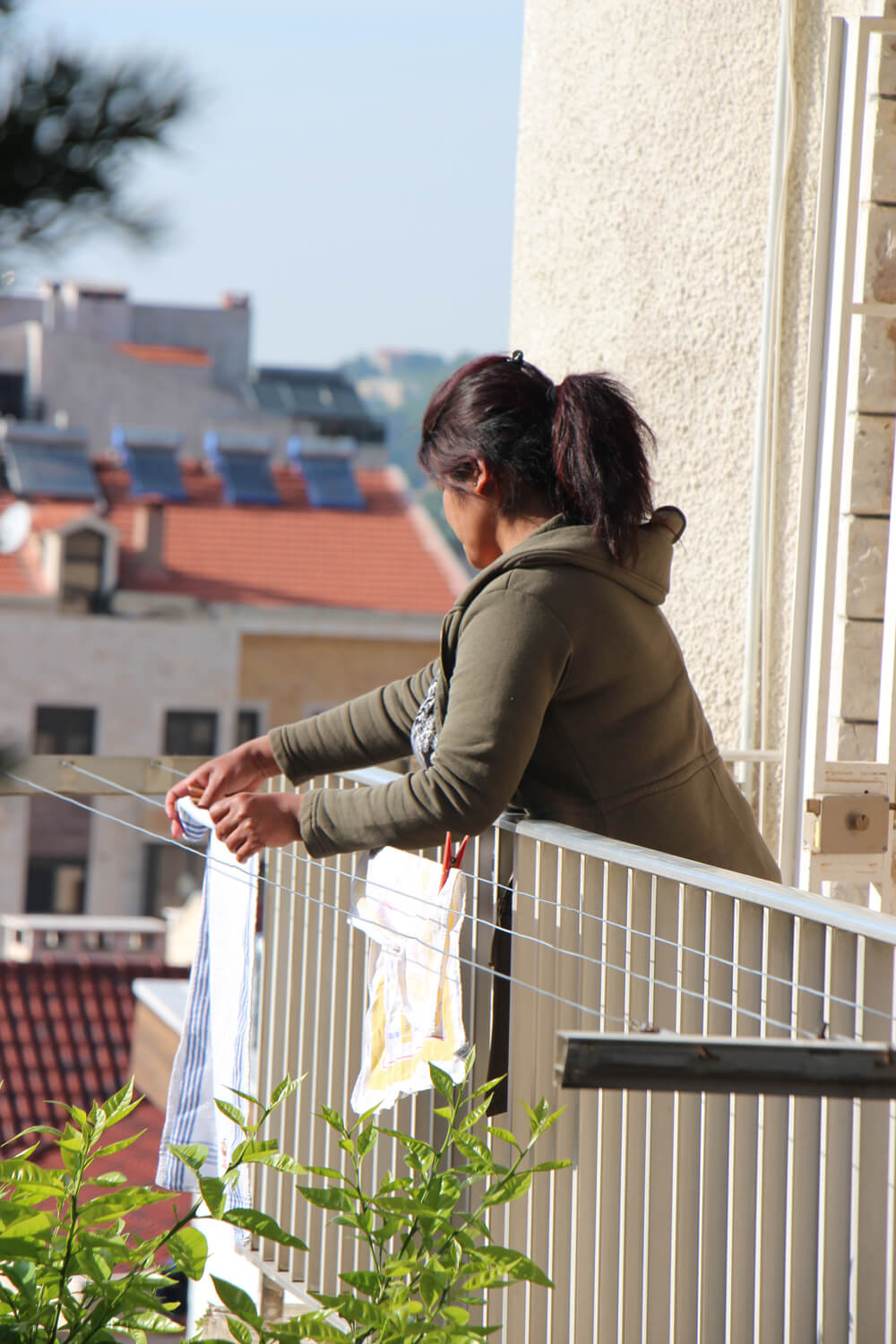Migrating for domestic work
Reassessing Nepal’s ban on domestic work abroad and exploring employment alternatives
Activists decry the ban on migrating for employment in domestic work as it impedes a person's freedom of mobility, freedom of work and freedom of choice. And women in particular continue to circumvent the ban, a testament to their determination to provide for their families despite restrictions.
The ban removes the urgency to actually address the root causes of vulnerability. But let us pretend for a moment that the ban has achieved its desired goal -- women have stopped going abroad to work in this sector in which they are highly vulnerable.
Read: Life the ban on female domestic workers, Upasana Khadka
The focus should then have been on the alternatives to domestic work abroad. Women interested to engage in remunerative work either being absorbed into the internal labour market or migrating abroad for relatively safer, more rewarding jobs in other fields. A ban in itself is an ineffective tool. A ban in the absence of alternatives, both domestically and abroad, is worse.
Ban the ban, Upasana Khadka
Modern day slaves, Dewan Rai

A substitute to the domestic worker ban that merits consideration is female labour outmigration for work in jobs in other sectors. While gender-based occupational segregation is a reality, should female labour migrants just be shunted into domestic work?
There is no explicit ban on women's mobility to fields of manufacturing, hospitality and services. Why are women who are willing to overcome cultural and familial barriers to use unauthorised and risky channels for domestic work abroad not opting for legal channels to work in other sectors? The financial, informational or skills-related barriers they face need to be gravely considered and addressed.
The reality is women physically moving to where jobs are, even domestically, is not common. According to the latest Labour Force Survey, more than 90% of female internal migrants in rural areas and 70% in urban areas of Nepal reported marriage as their primary reason for moving.
Caring for Nepal's women, Nepali Times
Homes away from home, Upasana Khadka

Recognizing the potential of women would have meant addressing the barriers to their participating and flourishing in the labour market, which would have been further opportune in the context of high male outmigration. Instead, the labour-force participation of women is low at 26% (excluding work carried out for domestic production) while the share of female youth (15-24) not in employment, education or training is over 47%. Among those employed, the median monthly earning of women is two-third of their male counterparts.
The ban on domestic work abroad is an easy fix that can be dismantled in its entirety should a willing leader, or in our case a willing Parliamentary Committee, come along. What is more difficult to dismantle are pervasive protectionist norms and stigmas that are perhaps as restrictive, but more enduring.
The issue of the ban on migration for domestic work in Nepal will resurface this month to coincide with the visit of the Parliamentary Committee to West Asia to reassess it. The ban needs to be lifted, but this is also an opportune moment to address other less-explicit but enduring factors that are holding women back, both literally and figuratively.
Upasana Khadka writes this column Labour Mobility every month in Nepali Times, analysing trends affecting Nepal’s workers abroad.

writer




